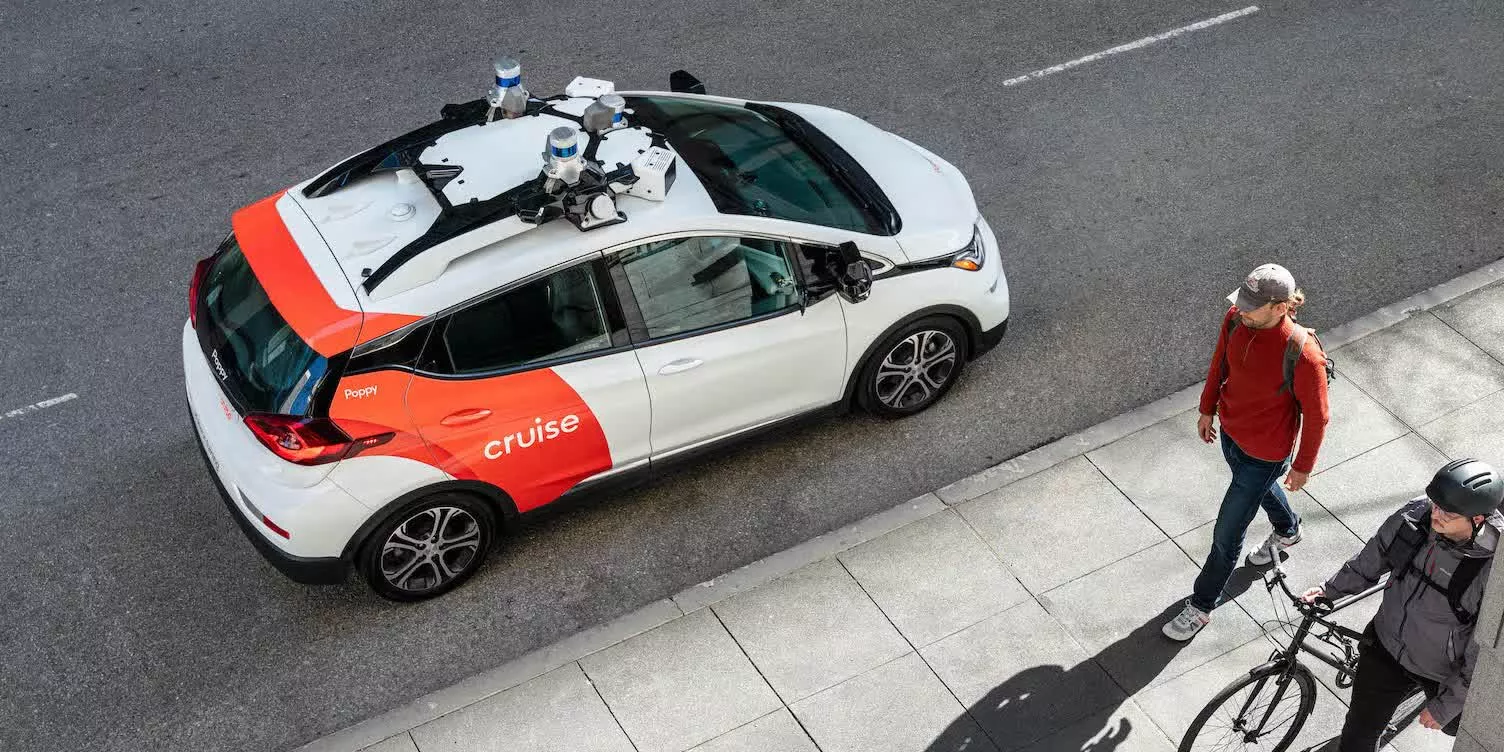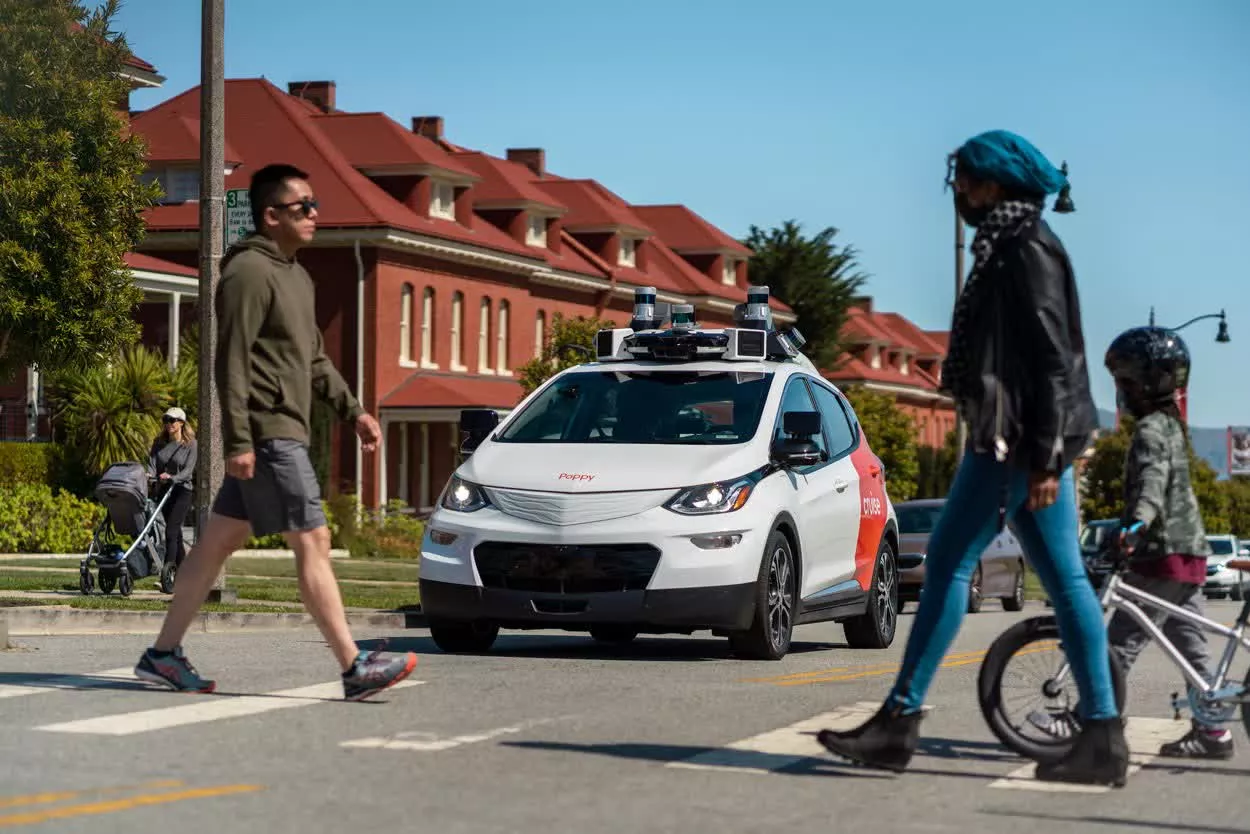What just happened? Following several accidents involving the cars, including a recent incident in which a pedestrian was dragged and trapped under the wheels of a self-driving vehicle, California has suspended Cruise's fleet of driverless taxis from the state's roads. The agency has also accused Cruise of misrepresenting the safety of its vehicles.

The California DMV said General Motors-owned Cruise vehicles were "not safe for the public's operation" and that it was revoking its permits to test and deploy vehicles on public streets.
"When there is an unreasonable risk to public safety, the DMV can immediately suspend or revoke permits," the regulator said, adding that the company can still operate its vehicles as long as a safety driver is present.
The DMV also said that Cruise had "misrepresented any information related to safety of the autonomous technology of its vehicles."
Earlier this month, a Cruise vehicle was involved in an incident that saw a San Francisco pedestrian hit by two cars. According to the company, the woman was struck by a human-driven car, hurling her in front of a driverless taxi that ran her over and stopped with its rear tire still on her leg.

The DMV said it is still reviewing the latest incident. The agency revealed that the Cruise vehicle attempted a pullover maneuver after it stopped while the pedestrian was still under the wheels, dragging her another 20 feet. The DMV said Cruise did not reveal the pullover maneuver in its meeting with California Highway Patrol the day after the accident, providing only the on-board camera footage that showed the initial collision.
Cruise was first granted a permit to operate paid robotaxi rides in San Francisco in June last year. In August, the California Public Utilities Commission gave its approval for autonomous vehicle companies to expand robotaxis' hours of operation to 24/7 while charging for rides.
San Francisco officials in June said that since January, there had been ninety incidents involving Alphabet's Waymo, which keeps its permit to test driverless vehicles, and Cruise robotaxis. Incidents include cars hitting a bus, causing massive traffic jams, and running over a dog. It led to protests against autonomous vehicles in July that involved placing traffic cones on their hoods to disable the cars.
Cruise agreed to cut its fleet of San Francisco robotaxis in half in August at the request of the DMV after one of its vehicles collided with a fire truck. Elsewhere, the National Highway Traffic Safety Administration opened a safety investigation into the company last week.